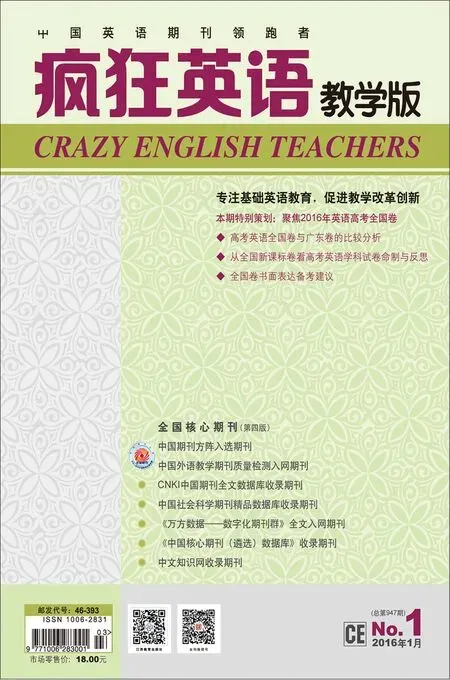Error Correction
Error Correction
This series of articles from the British Council aims to help you think about your teaching and bring new ideas and activities into your classroom. The series covers topics including homework, working with large classes and fnding resources. Today we look at error correction.
When and how can we correct our students' speaking errors? Read these comments from teachers. Do you agree?

Sami, Palestine

Ayşegül, Turkey
Why do students make errors?
■ Students sometimes use language forms and structures from their first language when they speak English.
■ Perhaps students make errors because they are tired and fnd it diffcult to pay attention.
■ When many students are making the same errors we may need to review that part of the lesson.
■ Errors are a natural part of learning. Students try to say something but may not get it right frst time.
When should we correct errors?
■ When we do a class activity that practises fluency, for example a discussion, we can pay attention to communication and not worry about errors.
■ A class activity that practises accuracy, for example, students performing a dialogue that they have prepared needs more attention to error correction.
■ If we correct too much our students may worry about making errors and decide not to speak!
■ Praising good use of English rather than correcting errors can be very effective. This shows students that they are using the language correctly.
■ Often students have clear ideas about correction. We can ask our students when and how they like to be corrected.
How can we correct errors?
■ A shake of the head or raised eyebrows can show a student that he or she has made an error.
■ We can use hand gestures, for example, point behind you to show that a past tense is needed.
■ Remember to give the student time to think and to correct his or her error.
■ We can correct what the students said like this: Student: “I go to the shop yesterday.” Teacher: “…went to the shop yesterday.”
■ We can note errors and ask students to correct them after the activity.
■ Students can choose a secretary to listen and note errors during speaking practice in groups. The group corrects the errors later.
■ Another correction method is to record students speaking and then ask them to listen and try to correct any errors.
Errors give teachers essential information about where their learners are, and what needs to be done next. We can help students learn from their errors by correcting them (or not!) in different ways.
What do you think?
Anup from India writes:
We need to remember the difference between a mistake and an error. The key difference is that mistakes, when attention is called to them, can be self-corrected. An error cannot.
Often when a learner produces accurate language, they aren't sure that it's right. The teacher might think that the student “knows” that piece of language, when really the student was just experimenting or trying to communicate with the new language. By praising this good language use, the teacher shows that the language used was correct. Now students know that they can say it the same way again in the future.
A classroom activity—team correction
This activity is a fun way for students to correct their own errors.
■ Students do a speaking activity, for example, a discussion in groups.
■ Walk around the class quietly and take notes of mistakes you hear.
■ At the end of the activity or next class write sentences on the board with the errors you noted from the previous class.
■ In teams, the students try to correct the sentences.
■ The teams take turns to choose a sentence to correct. Give a point if they get it right.
■ The winner is the team with the most points.

Glossary
Reviewing is practising language that learners have seen previously.
Fluency is how well a learner communicates meaning—mistakes aren't important.
Accuracy is how correctly a learner uses the language.
Think about
■ Think about how and when you correct your students when they are speaking.
■ Do you use gestures to show errors?
■ Do you give your students the chance to correct their errors?
■ How do you like your errors to be corrected when you are speaking a foreign language?

